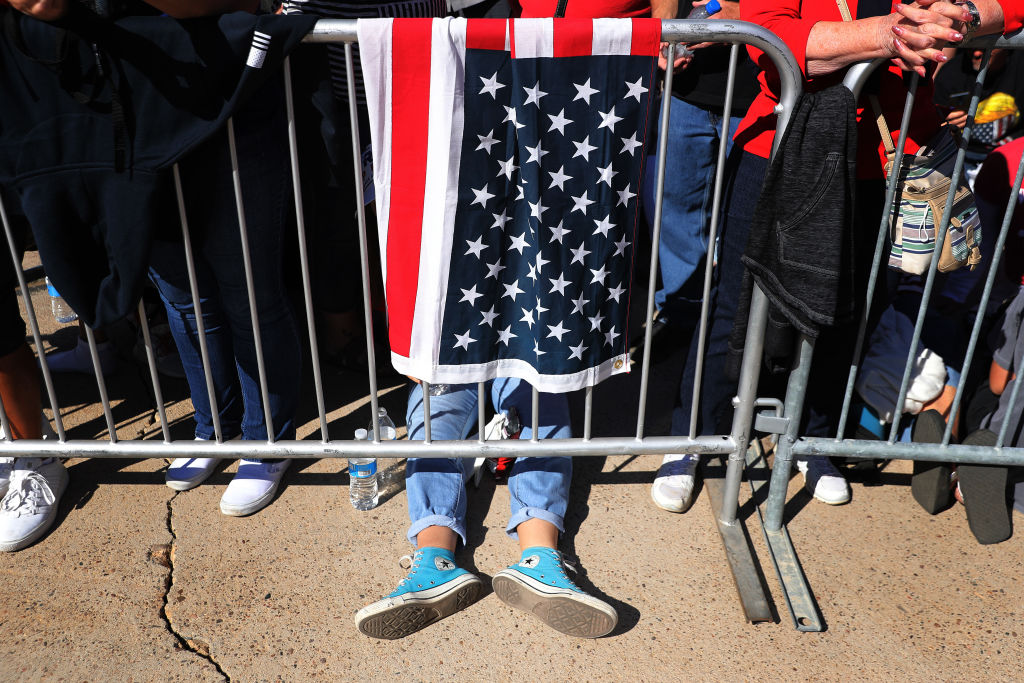Cities in Wisconsin routinely top lists of the country’s most livable cities – Madison recently came in first in a tally of best places to raise a family; Milwaukee, 11th. But by many measures these same cities, and others in Wisconsin, are the worst places to live for black Americans. One recent report even declared it the most unequal state in the country.
“The state of Wisconsin sits at an extreme of racial disparity,” says Laura Dresser, associate director of COWS, a non-profit think-and-do tank at the University of Wisconsin-Madison. “And we see the disparity across the life course – from birth and infant mortality through rates of homeownership and incarceration.”
- Black babies born in Wisconsin are three times more likely to die than white babies, the 4th worst disparity in the nation, according to a 2019 report by Colin Gordon of the Iowa Policy Project. Even more troubling, at 15.7 per 1000 births, the mortality rate for black babies is the worst in the country.
- In Wisconsin schools, black students are more than seven times more likely than white students to be suspended, according to a 2019 COWS report. This ratio is the second-worst in the country; only Illinois has a more extreme ratio. “It’s not surprising then that you also end up with a gap in 8th-grade math scores [on state skill assessments],” says Dresser, which is the biggest gap in the country. “And with that level of suspension as a strategy for dealing with students, there is [a higher likelihood] of interaction with juvenile justice.” She is not surprised by the extreme racial disparity in incarceration, either.
- Black Wisconsinites are more than 11 times more likely to be incarcerated than white Wisconsinites. This is the second-worst rate in the country; only in New Jersey is the gap between incarcerated whites and blacks worse.
- Wisconsin reports having one of the highest income gaps in the country. The median white household in Wisconsin has an annual income of just over $59,500, while the median African American household annual income is only $29,000 – less than half the white level. Only two states post greater black/white inequality in household income (North Dakota and Minnesota).
- In Wisconsin, more than 70 percent of white families own their homes. At the same time, just 27 percent of black families do. That discrepancy is the eighth largest gap in homeownership rates by race in the country.
Wisconsin used to be one of the better states for blacks, Dresser notes. In the 1970s, black workers earned more than the average black American worker. “I say this to remind people that [the extreme disparity] here isn’t inherent or inevitable,” says Dresser, “but is the result of the structure of opportunity and policy.”
Like many states in the Midwest, Wisconsin has historically been good at making investments in public institutions, and these have, in many cases, worked out well for their white populations. More than 92 percent of white students in the state graduate from high school. White people in Wisconsin vote at higher rates than whites in other parts of the country (74 percent to 65 percent across the country in the 2016 general election.) Only about five percent of people in Wisconsin lack health insurance (compared to almost nine percent nationally). And overall, median earnings in Wisconsin have increased at a rate higher than the national average.
“But expenses continue to outpace earnings,” says Charlene Mouille, executive director of the United Way of Wisconsin, “particularly in health care and child care.” Approximately 38 percent of households in Wisconsin still don’t earn enough to meet the state’s basic survival budget, which the United Way of Wisconsin calculated to be $61,620 for a family of four as of 2018 .
This situation is only getting worse amid the current global pandemic. United Way manages the state’s 211 system, and Mouille says that in the last couple of weeks, she’s seen a 400 to 500 percent increase in the number of calls coming in about food and other basic needs.
“It’s not, ‘what is this COVID-19?’” she says. “It’s, ‘How am I going to eat and earn enough money to survive this?’”
Copyright Capital & Main





